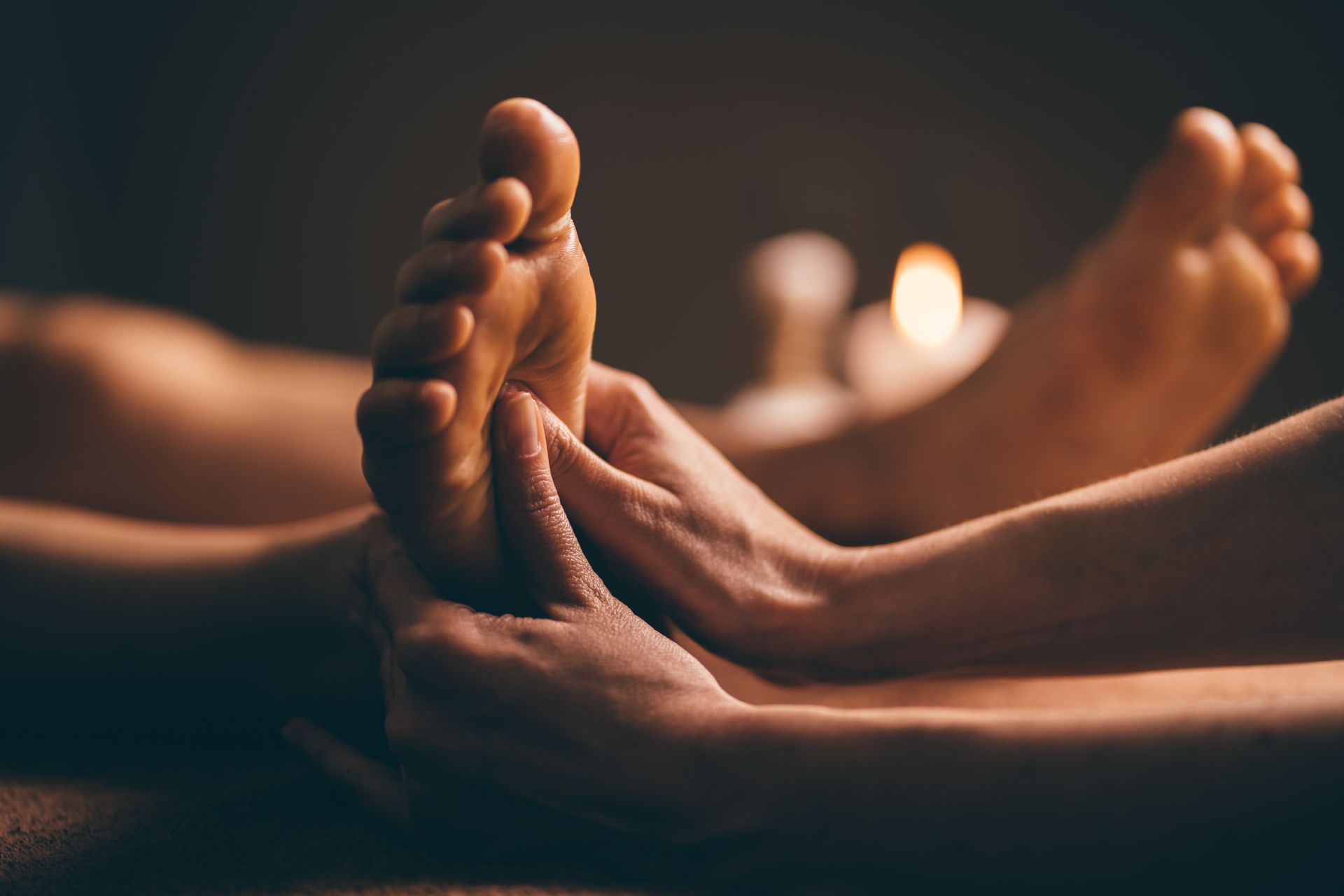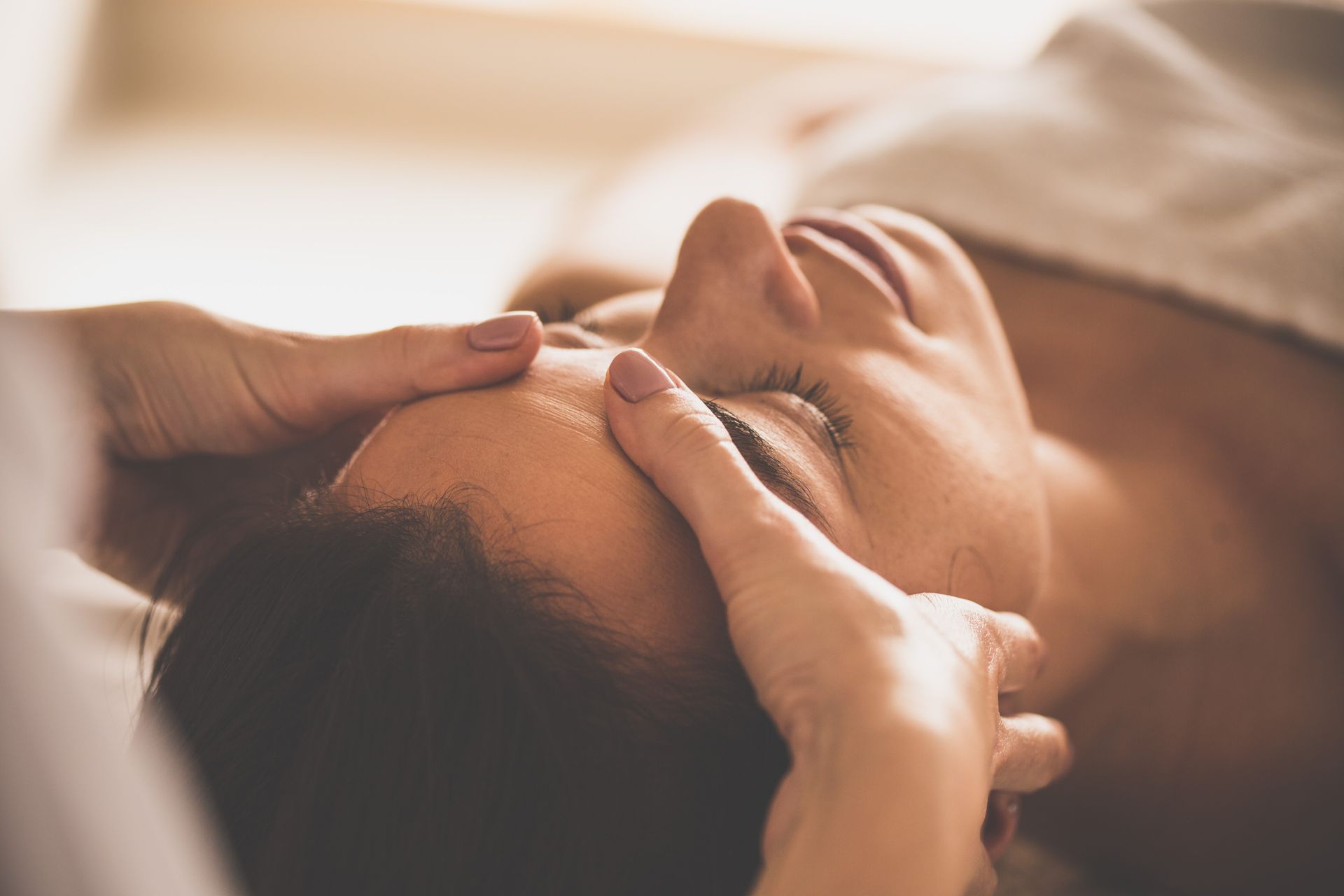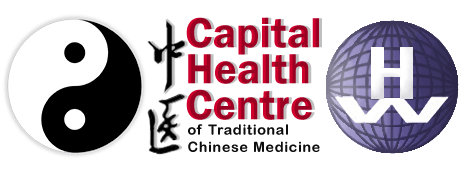What is Reflexology?
Reflexology is one of the most popular treatment methods for natural healing within Traditional Chinese Medicine (TCM). Before your reflexology appointment, a health evaluation and consultation will be carried out to identify your health needs and concerns for treatment.
It is very common for clients to be treated with a foot massage. However, although this treatment option can be effective, it can also be limited. The reflexology approach that is often used for the foot massage can also be applied to the rest of the body. The basic theory behind the treatment is the
Hologram theory, which treats the body as an interconnected system.
The treatment approach to reflexology that works best for you will be determined by your health consultation. Practitioners use different techniques and areas of the body for reflexology to balance chronic physical, emotional and mental concerns. Although foot reflexology has become popularised, the ear, face, head, spinal column, back, abdominal area, hands, and feet all have reflecting points to massage and stimulate, and thus can be treated with this approach.
Reflexology is a concept based on energy flow. Different units of the body are connected to different pressure points. When these points are targeted and massaged, they can assist in helping the balance of qi within that area. Through reflexology, blockages in qi can be targeted and prevented, and this can help in relieving stress or discomfort.

Example: Treating a Tight Calf
For example, if a client came in with a tight calf, practitioners will work with the calf to bring the energy flow to the local area, however the qi flows from other areas of the body. Therefore, massaging and stimulating other parts of the body, and specific pressure points, can help to move energy to the local area that requires treatment. This is a natural holistic method which uses the interdependent body network to treat concerns and prevent long-term issues.
Regions of the body have certain charts and maps which practitioners follow to optimise the benefits of the treatment. These charts can be found on the internet, however clients often ask which chart they should follow. Although these images can be useful in understanding your treatment, as well as the interconnectedness of your own body, it is also important to keep in mind that your body isn’t just a 2D model of a body, but instead a complex 3D system in which your angles and sides should be considered.
Starting Your Reflexology Journey
Although this treatment can be effectively carried out by our practitioners, clients can often become confused by what points of the body should be targeted. So, some clients, to avoid confusion, like to start with a point that is fairly approachable, and then work from there. Many clients like to choose reflexology on the feet as the first step as it is fairly comfortable and convenient.
There are many methods which practitioners can use to individualise treatment and provide the best service for clients.
For more information
contact us or call us at 02 6282 8898





